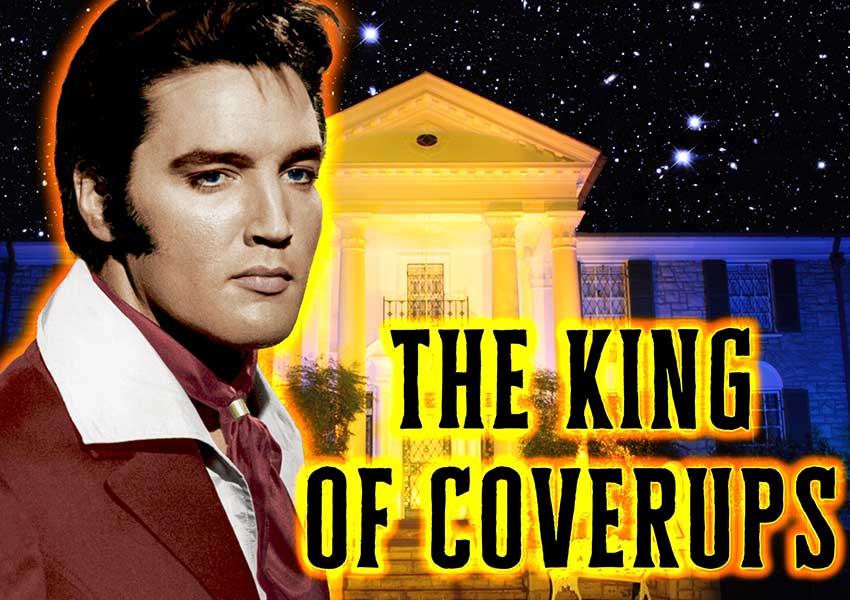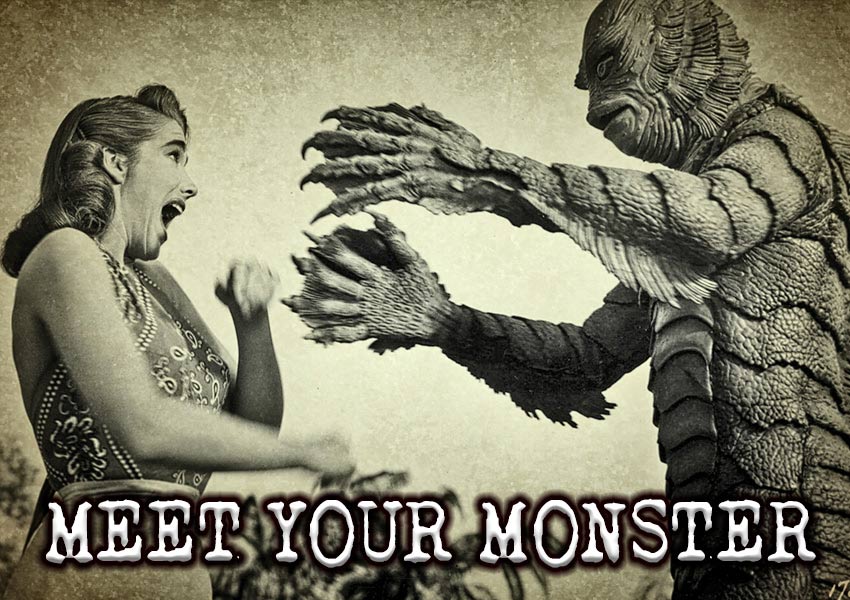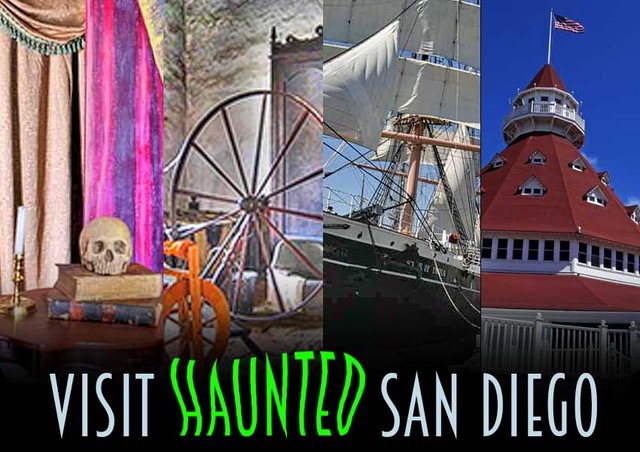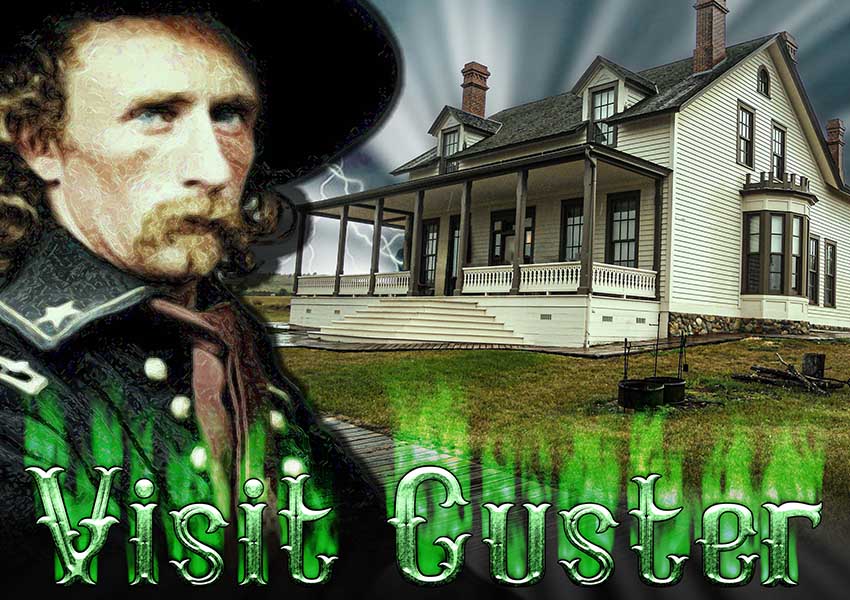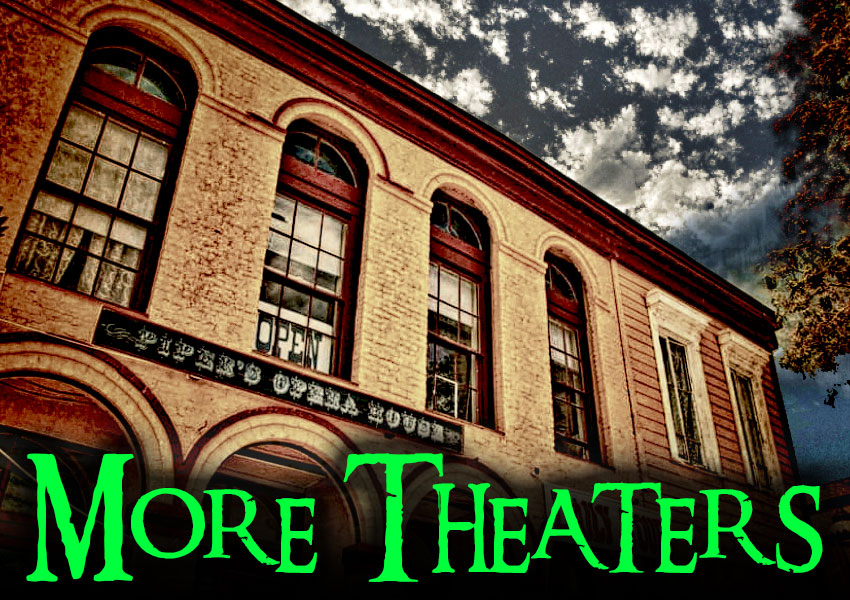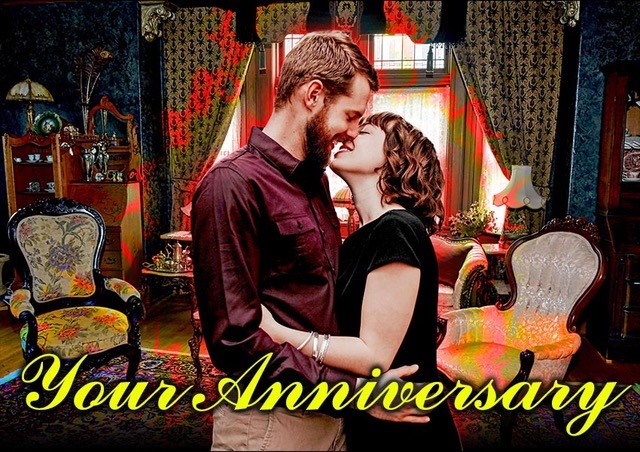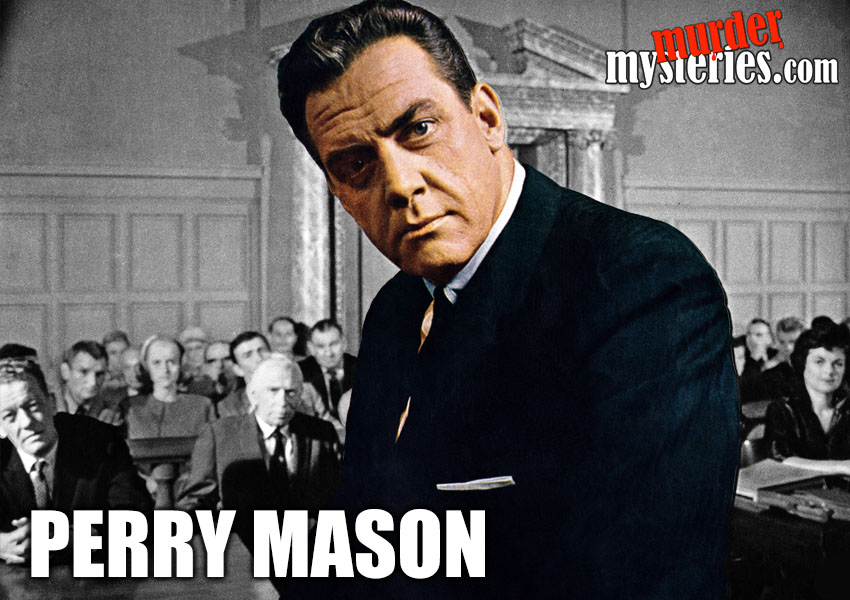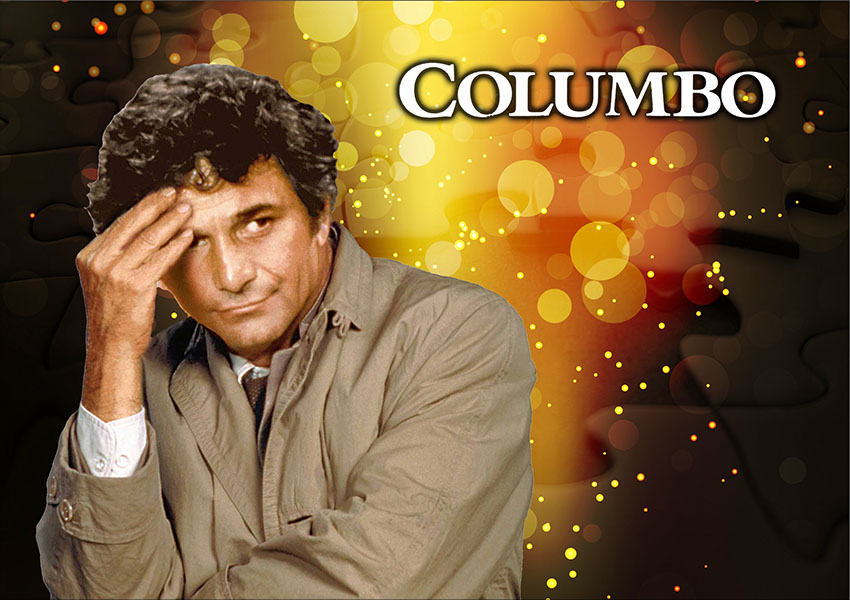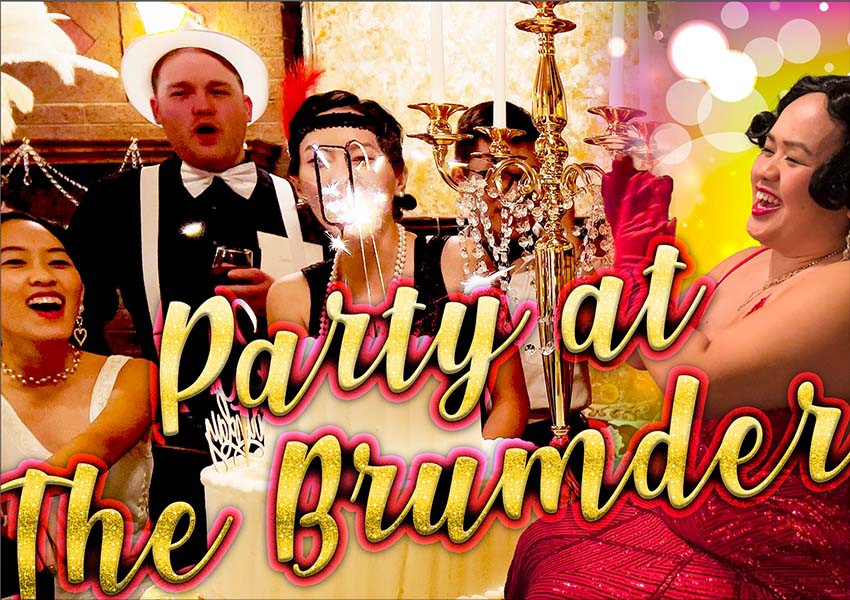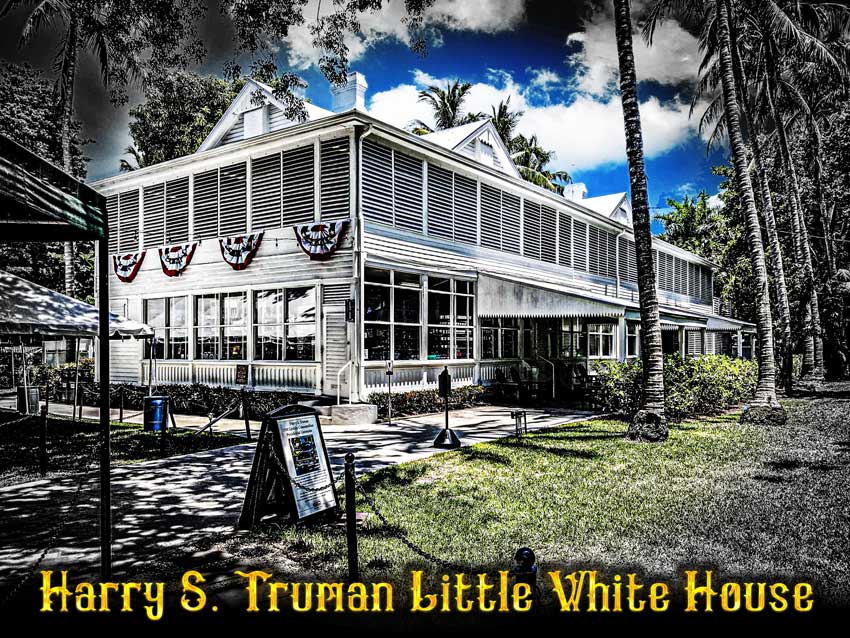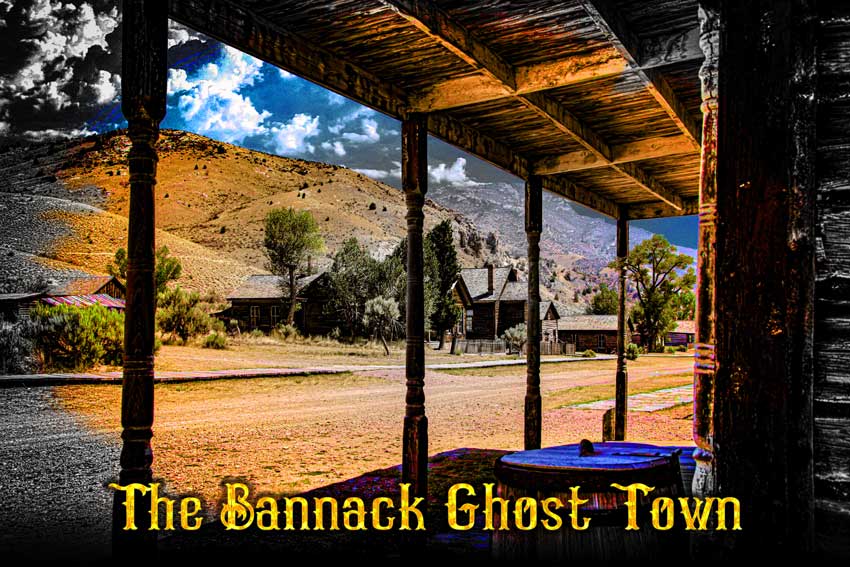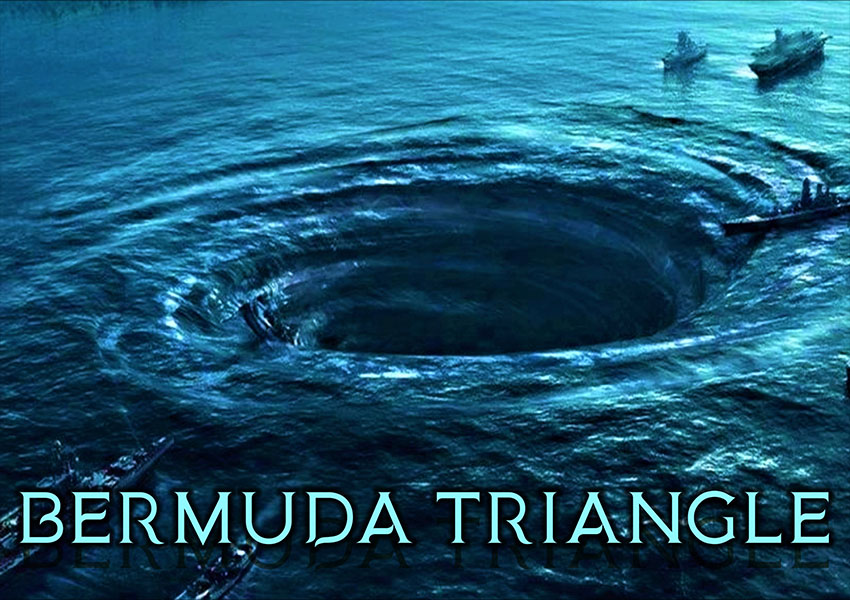Jolon California
Mission San Antonio de Padua
This 1821 active Catholic Mission Church has lots of spectral help.
Adultery caused an over the top murder resulting in startling paranormal activity.
DESCRIPTION
Mission San Antonio De Padua, done in the Spanish/Mediterranean style, is an active Catholic parish church and one of the lesser visited missions because it is located in a remote area, surrounded by land owned by the United States Army, the Hunter Liggett Military Reservation. Since 1952, it has been reconstructed and restored to its historic glory, and is home to a Catholic Parish church, museum and retreat center.
“A beautiful museum is located in the front section of the quadrangle of the main building. A tour through the museum is self exploratory, with a donation of $5.00 per adult and $3.00 for child requested. Non-flash photography and video recording are welcome. The grounds outside offer a realistic example of life in the mission days, with signs to read at places of interest. There are picnic grounds with tables under the shade trees to relax and enjoy the peace and quiet of our secluded area.”
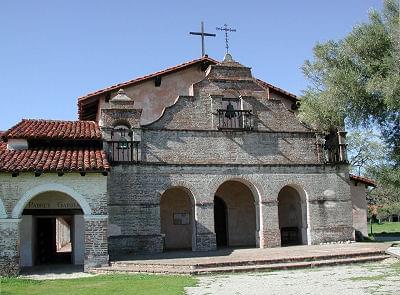
HISTORY
The original Mission San Antonio De Padua was founded in 1771 by Friar Junipero Serra when he entered the Valley of the Oaks, in the secluded Sierra District. Together with Friars Miguel Pieras and Buenaventura Sitjar, he hung bells on an oak tree and named the new church, Mission San Antonio De Padua. After Friar Serra left, the other two padres built small dwellings and planted the first crops.
Mission San Antonio De Padua started out very well in the Valley of the Oaks, until it was discovered that the water supply was irregular, and the area was sometimes subject to flooding. So, the Mission was moved further north to a lovely and remote spot in the Los Robles Valley. In time, the Mission built its own water system, which still works today.
The first of three churches constructed here was completed by the end of 1773, a small building made of adobe, and some houses made of tulles and wood for the soldiers and 163 converts. The first marriage officiated in the Mission was between Juan Ruiz and Margaretta de Cortona. In 1779, a second church structure and a small sacristy were built. In 1781, three more small rooms and roof tiles were added to all buildings.
From 1810-1813, the final and greatest church structure was built, 200 feet long, 40 feet wide, with walls that were 6 ft thick. The large timbers in the ceiling were floated down the San Antonio river.
In 1815, the main mission structures were complete. “A large building 224 ft long was built, with thick walls and 20 ft wide inside. This was partitioned with adobe to provide shops for the weaving room, a room for carding and spinning, a workshop, storage for iron implements and tools, leather, a carpenter shop and a stable. A corridor was attached to two sides of the patio formed by the four wings, with pillars partly of adobe and partly of brick and mortar.”
The architectural cherry on top was the addition in 1821 of the brick archway and facade. There are three archways. On each side of the facade are the square towers, topped with cupolas and bell towers.
In 1834, Mexico became independent from Spain, and Mission San Antonio De Padua became the property of the Mexican government, which sent all the Spanish Friars away. They planned to sell all the California missions to private citizens. By 1843, Mission San Antonio De Padua was in ruins. There was no resident priest between 1844 and 1852.
In 1845, there were no bids on the Mission San Antonio De Padua or its properties when they were put up for auction, not surprisingly. Between its remote location, with no possibility for commercial use in sight, and the fact that it was in terrible condition made for an undesirable property.
By 1848, it had become American property, but there were still no takers. However, folks connected to the Christian faith were still interested in serving the people there.
In 1851, Fr. Doroteo Ambris came from Monterey and began to live at the mission, with the few remaining native American families, beginning his thirty year service there, hoping to grow the church and bring it back from its sorry state. Just twelve years later, in 1863, Mission San Antonio De Padua and thirty-three acres were given back to the Monterey Catholic Diocese in Monterey, by order of Abraham Lincoln.
Despite his efforts, Father Ambris couldn’t bring the Mission back from ruin. He died in 1883, as did, seemingly, his dream of building a prospering church. After he was buried in the church sanctuary, San Antonio De Padua was abandoned, leaving it unprotected from salvage pickers. When they stole the tiles from the roofs, all of the structures were exposed to the weather. The walls crumbled, leaving little more than some the brick facade and a row of brick arches.
The future looked very bleak for Mission San Antonio De Padua, until interested parties took notice of its plight and started the very long, hard process of restoration, that took forty-four years to complete. First on the scene was The California Landmark League. Then came the Franciscans (who were invited to take back the ministry in 1928), and finally Randolph Hearst. These three sources of renewal for this once woebegone Mission saved it for future generations.
Despite a flood and an earthquake, the main church building was rebuilt and restored by 1908, thanks to the persistence and determination of The California Landmark League.
Randolph Hearst, who owned the Mission’s former lands, and had used them as a hunting game preserve, had always protected the Church. In 1948, he funded a second round of reconstruction, with the goal of “building the Mission as close to its 1813 design as possible.”
To supervise this monumental effort, he hired Harry Downie, known for his wonderful restoration work on other California missions, such as the one in Carmel. Needless to say, the Franciscans and the Monterey Catholic Diocese were overjoyed to receive this huge new funding.
All buildings except the Mission San Antonio De Padua Church building were taken to the ground and rebuilt with old materials and methods, adding modern strengthening inside the walls. In June of 1950, a rededication ceremony was held, made complete with a ringing bell, recast from two American-made bells from San Gabriel Mission. These two bells were made by Paul Revere in Boston.
During the 1950s, the Franciscans continued with the restoration work, with the goal of creating a training school for brothers of their order at Mission San Antonio De Padua.
At some point, Hearst sold the land around the Mission to the U.S. Army, which built Hunter Liggett Military Reservation. The U.S. government provided archeologists to help with the restoration projects.
Today, there are four annual fundraisers to raise the money necessary to keep Mission San Antonio De Padua, its buildings and its grounds, looking pristine, to ensure that this priceless historical structure will never disintegrate again.
In 2005, the Franciscan Friars turned over “the caretaking” of the Mission to the Monterey Catholic Diocese, who have its owners since 1863. The Monterey Catholic Diocese invited the Franciscans to “take back the ministry” in 1928. A robust Catholic church is now at home in the Mission. It also seems that the living have the love and concern of resident and visiting spirits, including one spirit who is still looking for her head, yet having fun at the same time.
HISTORY OF MANIFESTATIONS
People who die in a violently can be restless in spirit form, especially if the body hasn’t been buried in one piece or place. They sometimes want justice, and are perfectly willing to appear headless to bring home the point of the injustice done to them.
A native American woman was caught by her prospector husband sleeping with another man. Enraged, her husband killed her, her lover, and her favorite horse. Believing that Indians can’t go to the happy hunting ground without a head, he then cut off her head and buried it elsewhere.
The entities of friars and padres have been seen and experienced at Mission San Antonio De Padua. Listed below are some possible reasons for their presence.
When someone’s favorite structure in this world is rebuilt, their spirit is sometimes drawn back to enjoy it once more, to engage in familiar routines, and perhaps to work on issues that bother them as well.
Father John Baptist, who died sixty miles away in retirement, came to visit the next day after he died at the Mission.
Other padres also enjoy their old routines as well.
Five Friars have been buried in the sanctuary floor.
This may be the reason for paranormal manifestations on the grave of a young girl, Gigi Geardino, who was dying of cancer and wanted to be buried at Mission San Antonio De Padua.
People who enjoyed with a passion their service to others and to the Lord, sometimes like to continue in spirit-form. Entities of Friars have made themselves known to the living people who are tied to this mission.

MANIFESTATIONS
The Spirits of Friars
Footsteps have been heard in the attic over the dining room of the Friars.
Balls of energy have been caught on film and also seen by witnesses.
People have seen spirits of Friars in various places around the mission buildings.
The Entity of Father John Baptist
Archeological students working on site, examining the ruins, saw a cloud emerge from underneath one of Mission San Antonio De Padua’s arches. It proceeded to float out to the center of the garden to the fountain. After a good look at the fish swimming around, it went inside the door of the church.
The Entity of the Padre – dressed in a cowl
Early in the morning, this entity was seen as a real person, moving down the path to the Mission San Antonio De Padua sanctuary, carrying a candle on his way to pray for the people and Priests of this parish church.
The Headless Female Entity
She is described as being a native American woman.
This see-through female entity has been seen by many, sitting on her favorite horse on the mission grounds in clear sight. Perhaps she wants help in finding her head and enjoys the attention of startled witnesses.
She has had the fun of scaring soldiers with her appearance. For added excitement, she has appeared in front of some MPs at the guard stations, resulting in a chase by two cars with two pairs of MPs hot on her trail. She vanished into thin air.
On the Grave of Gigi Geardino
Violets mysteriously sprung up and thrived, despite a climate that was normally too hot for them to grow in. Some years later, when Gigi mom died, a white violet again mysteriously sprang up among the purple ones.
STILL HAUNTED?
Most probably so!
So many people have had so many experiences with the spirits who visit or stay here, that it is very probable the spirits are friendly visitors or residents who are extremely happy to have the Mission in such great shape and so active as a parish church. They still pray for the living and for the Mission church to keep doing well.
Personal experiences have long been reported. The archeological team won’t forget what happened to them any time soon.
One archeologist actually changed his profession after an encounter. In 1978, Richard Senate, who was an archeologist at the time, was at Mission San Antonio De Padua, cataloging Spanish ax heads. He became hungry around midnight and headed for the kitchen fridge. On his way he saw the Friar dressed in a cowl, carrying a candle, moving down the path.
Thinking that this Padre was a real, breathing person, Richard went up the path to meet him; maybe he would have some company! Imagine Richard’s surprise when the Padre vanished when he got within 12 ft. of him.
The experience spurred Richard to become a paranormal investigator. He has taught classes on the History of Ghosts and Ghost Hunting at Ventura Community College.
Other padres, priests, students at the mission, soldiers at the army base nearby, and local residents have also given witness to the spirits who visit or stay here.
One such padre was Brother Timothy, who served at Mission San Antonio De Padua for 15 years, and was a great source of personal experiences for others. He was the historian for all the California Missions.
Brother Timothy reports that Father John Baptist liked to visit the fish in the fountain garden before going into the church to pray. He also reported the incident of the headless native American woman who got her chuckles appearing in sight of the MPs.
LOCATION
P.O. Box 803
Jolon, California 93928
Mission San Antonio De Padua is located in the Los Robles Valley by the Santa Lucia Mountains, in the middle of vast, undeveloped land. It is 15 miles from the Pacific Ocean, 250 miles north of Los Angeles, by way of Route 101, and is 20 miles south of King City. The nearest town is the small village of Jolon.
SOURCES INCLUDE
- The Ghosthunter’s Guide: To Haunted Landmarks, Parks, Churches, and Other Public Places
by Arthur Myers
Contemporary Books
Chicago
1993 - Richard Senate’s Haunted World — Mission San Antonio de Padua
- MissionTour.org — A Virtual Tour of the California Missions — Mission San Antonio Exterior
- Mission San Antonio website history page
Our Haunted Paranormal Stories are Written by Julie Carr





